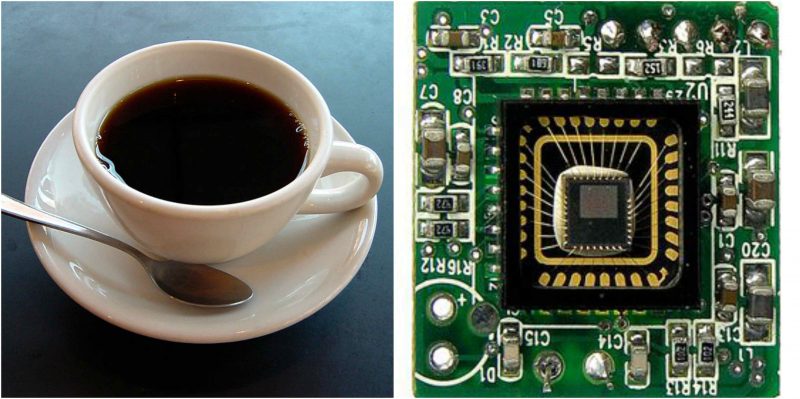Even the first webcam is now a matter of history; that’s how fast we are moving.
Quentin Stafford-Fraser has recalled the origins of the world’s first webcam. “Several people have asked about the origins of the Trojan Room coffee pot.
It started back in the dark days of 1991 when the World Wide Web was little more than a glint in CERN’s eye. I was working on ATM networks in a part of the Computer Lab known as the Trojan Room, (a name which, perhaps, causes some amusement to American readers).
There were about fifteen of us involved in related research and, being poor, impoverished academics, we only had one coffee filter machine between us, which lived in the corridor just outside the Trojan Room. However, being highly dedicated and hard-working academics, we got through a lot of coffee, and when a fresh pot was brewed, it often didn’t last long.”
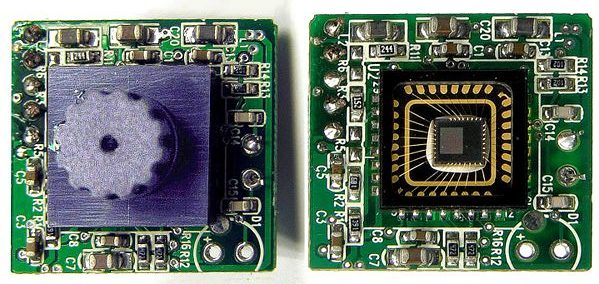
That’s how the Trojan Room coffee pot became the inspiration for the first ever webcam. The coffee pot was located in the corridor just outside the so-called Trojan Room, within the old Computer Laboratory of the University of Cambridge.
A camera was set up to help people working in other parts of the building avoid pointless trips to the coffee pot, by providing a live 128×128 px greyscale picture on the user’s desktop computer showing the state of the coffee pot.
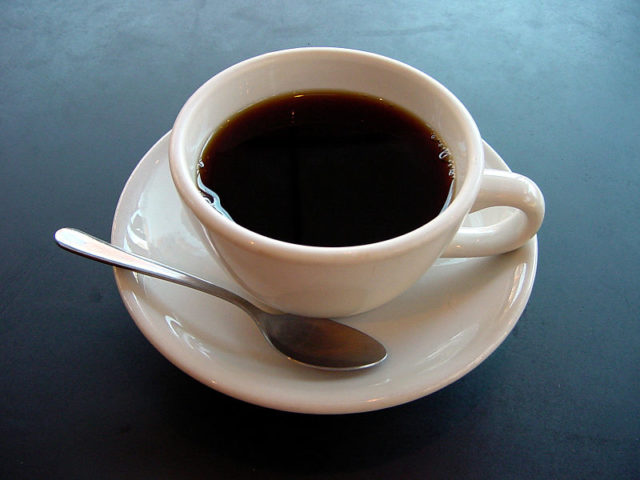
The camera was installed on a local network in 1991 using a video capture card on an Acorn Archimedes computer. Quentin Stafford-Fraser wrote the client software, employing the X Window System protocol, while Paul Jardetzky wrote the server.
Web browsers gained the ability to display images in March 1993, and it became clear that this would be an easier way to make the picture available. The camera was connected to the Internet in November 1993 by Daniel Gordon and Martyn Johnson. It, therefore, became visible to any Internet user and grew into a popular landmark of the early web.
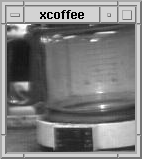
At 09:54 UTC on 22 August 2001, the camera was finally switched off, when the computer department moved to its new premises. Coverage of the shutdown included front-page mentions in The Times and The Washington Post, as well as articles in The Guardian and Wired.
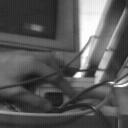
The last Krups coffee pot, which was the fourth or fifth seen online, was auctioned on eBay for £3,350 to Spiegel Online, the Internet version of the German Der Spiegel magazine.
The pot was later refurbished by Krups employees free of charge and was switched on again in the editorial office of Spiegel Online. Since the summer of 2015, the coffee maker is on permanent loan to the German Museum of Technology in Berlin.
